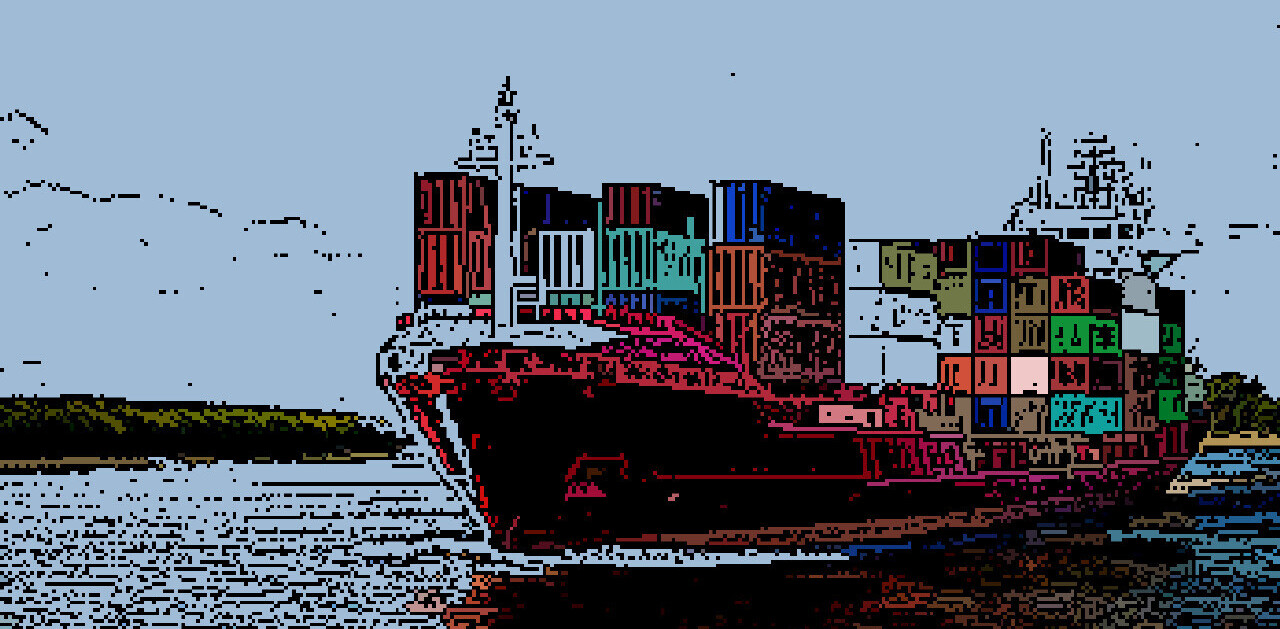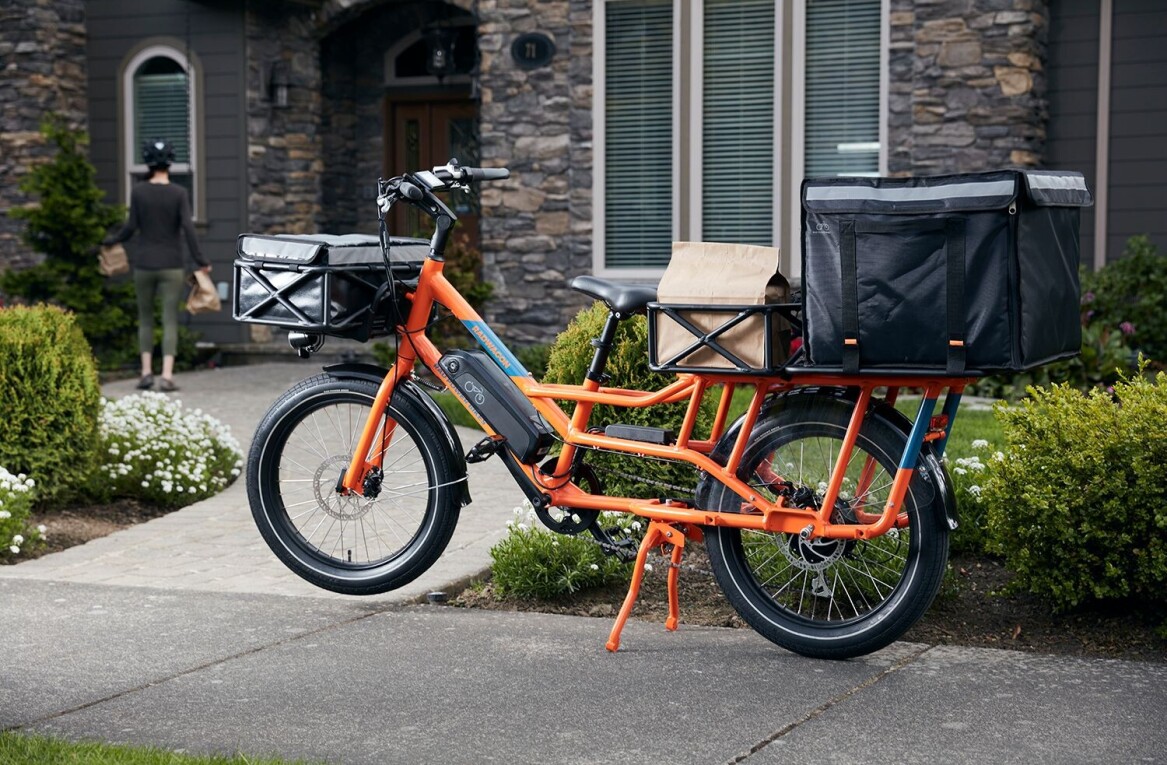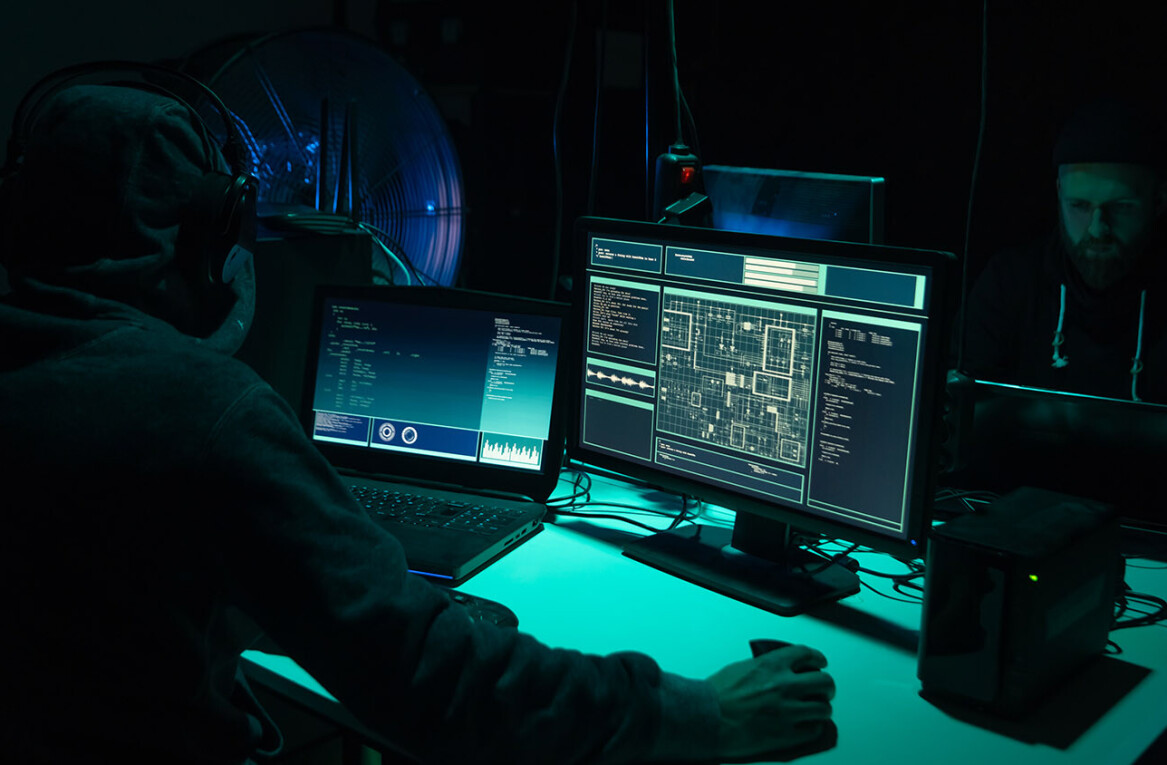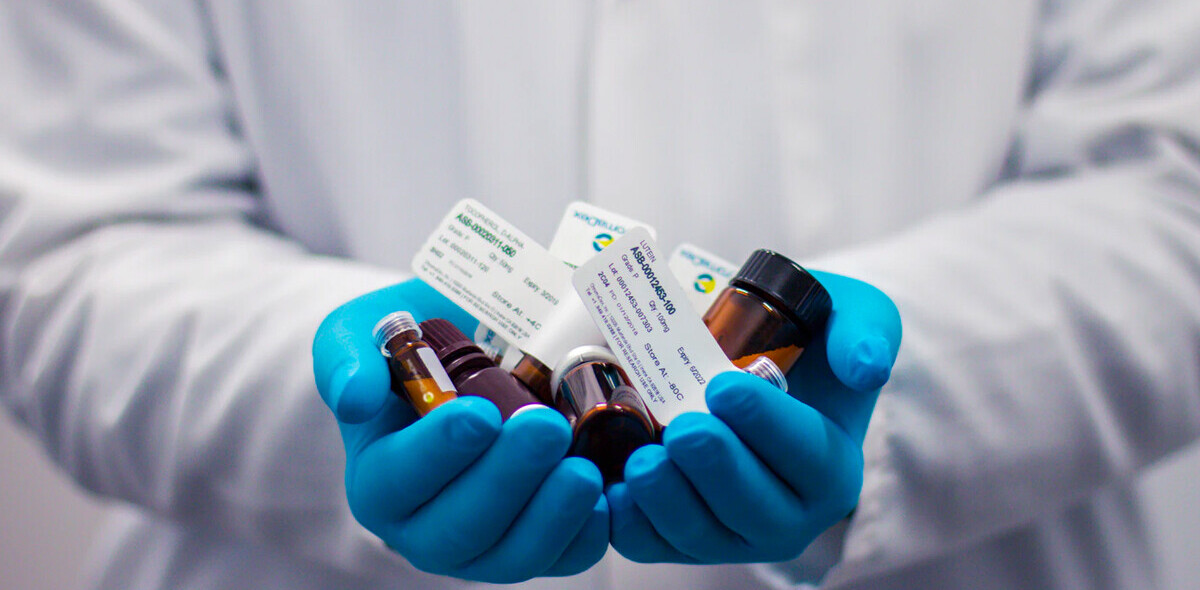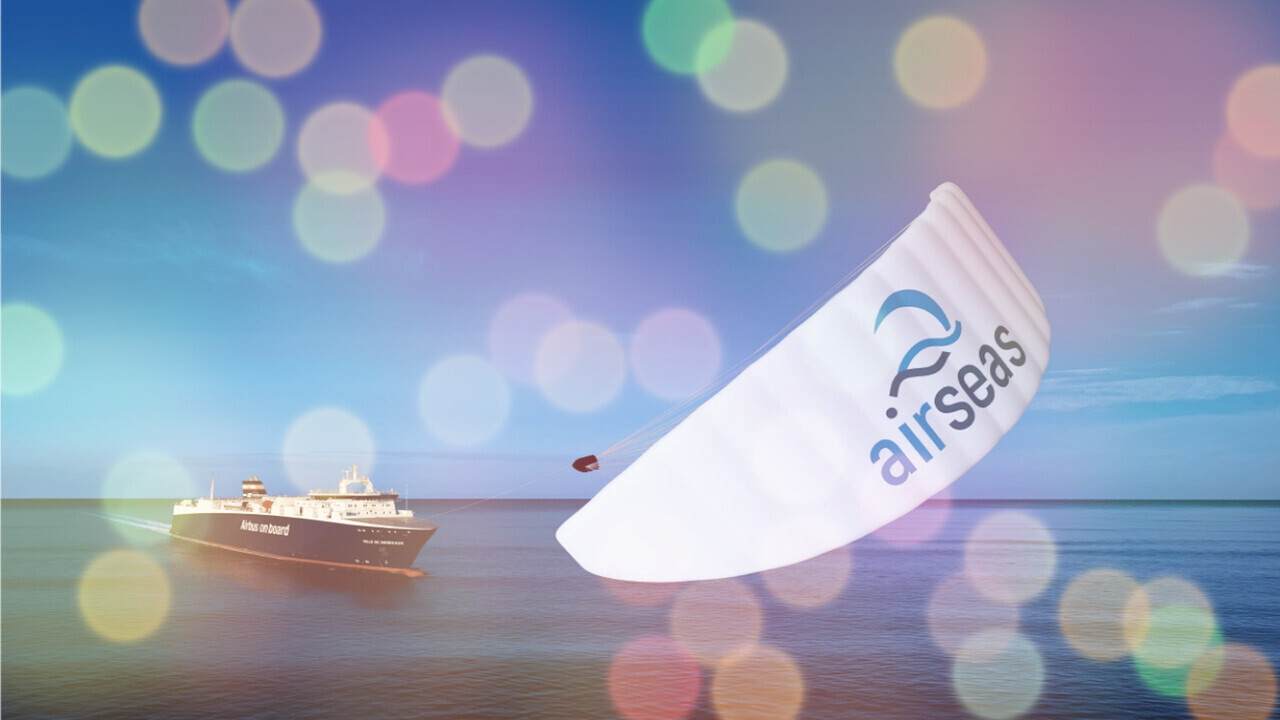
Sometimes, I like a weird idea or two, especially if it involves two things that don’t fit together, like balloons and the internet or cargo ships and kites….
Remember when X, a subsidiary company of Alphabet — yes, the parent company of Google — was working on Project Loon? It uses giant balloons to beam the internet to people living in remote parts of the world? In January this year, Loon wound down in response to an unsustainable business model.
But now there’s something almost as weird: kites to guide cargo ships and reduce their carbon emissions. But this one might just gain traction.
Kites guiding cargo ships?!
The company is called Airseas. Formed in 2016, the company is an Airbus spin-off, which owes its roots to aeronautics. Its creation is Seawing, a wing that can tow commercial ships.
Flying dynamically over 200m above sea level, Seawing is a 1000m2 parafoil wing designed to harness the power of the wind to propel the cargo ship, reducing fuel consumption and emissions by 10% to 40%.
Specifically, Airseas combines kite technology with an automated flight control system which includes digital twin and automation technology.
According to Airseas, Seawing is activated at the push of a button and is 100% automated. It is simple to use, and the crew can operate it from the bridge (the room from where crew members command the ship) with minimal training required for operation.
A simple switch launches or recovers the kite, which unfolds, operates, and refolds autonomously. The system collects and analyses meteorological and oceanic data in real-time. SeaWing adapts to this information to optimize its performance as well as ensure maximum safety.
Why do we need this?
According to Airseas, 3% of the world’s Co2 emissions come from the shipping sector. In response, Seawing uses wind-assisted technologies to produce a 20% improvement in fuel economy and much-reduced pollution.
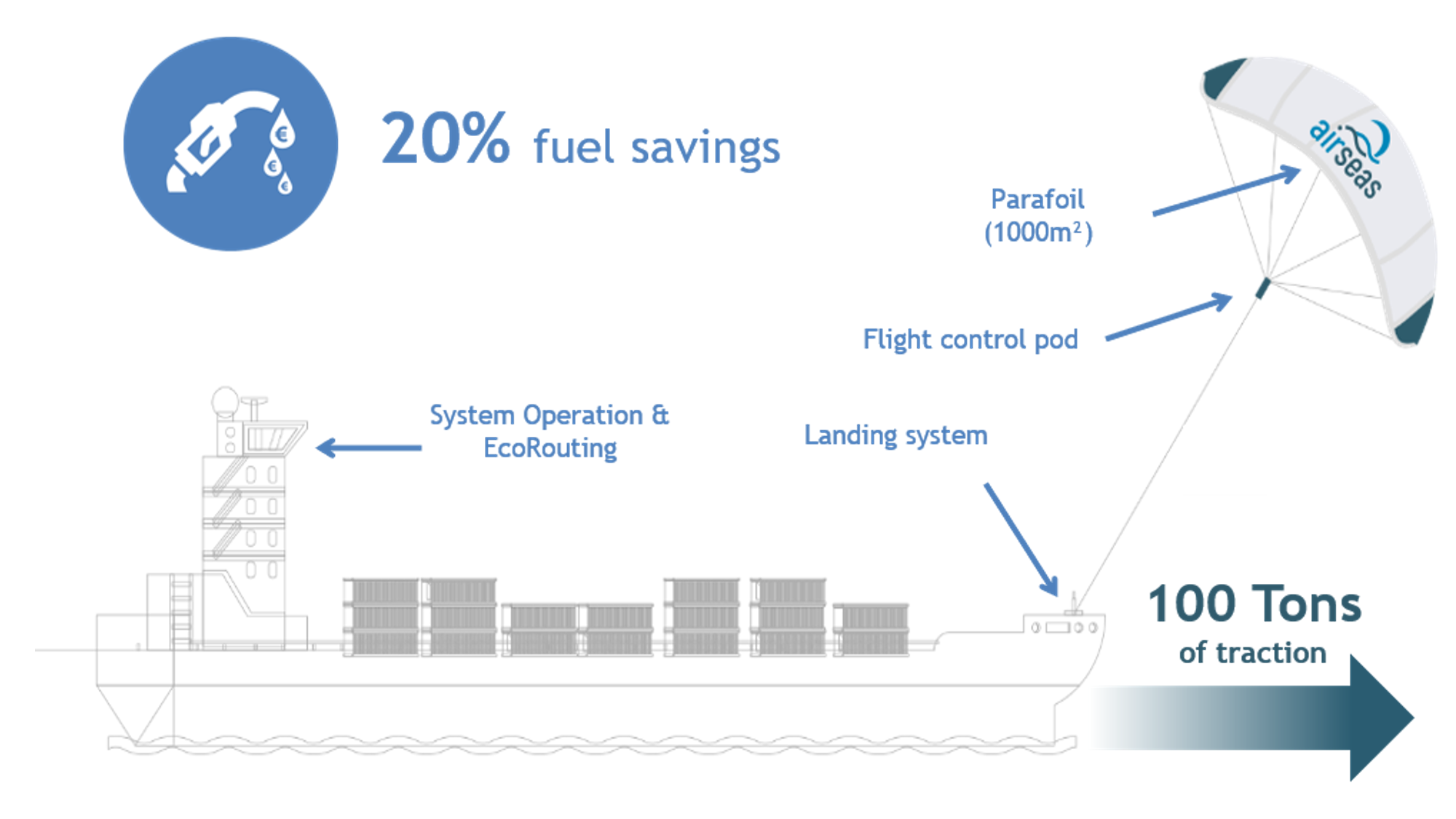
The company’s CEO Vincent Bernatets recently told ship.energy that it plans to produce 1,000 Seawings a year by 2031, stating:
The fact that many players are heavily investing in developing wind solutions demonstrates in itself that these technologies are meaningful, pertinent, and not at all outdated for maritime.
It means that there’s a lot of momentum for technologies coming onto the market, as well as for those that are already on the market.
Wind propulsion answers a need for improving energy efficiency right now.
The first cargo ship installation

Last week, the company announced the first installation of Seawing on a commercial vessel. Airseas recently installed the first Seawing on the cargo ship Ville de Bordeaux, chartered by Airbus, owned and operated by Louis Dreyfus Armaeurs.
The cargo ship transports major aircraft components between France and the United States. It will deploy the 500m2 Seawing on its monthly transatlantic journeys from January 2022, conducting sea trials and testing ahead of its full operation.
It might sound a bit crazy, but I think this company is one to watch.
Update: Since I published this piece, I’ve been contacted by quite a few folks in the nautical engineering and wind power space questioning the technical validity of the project. I’ll be following up with some of their analysis (and hopefully an interview with Airseas) in the new year.
Get the TNW newsletter
Get the most important tech news in your inbox each week.
